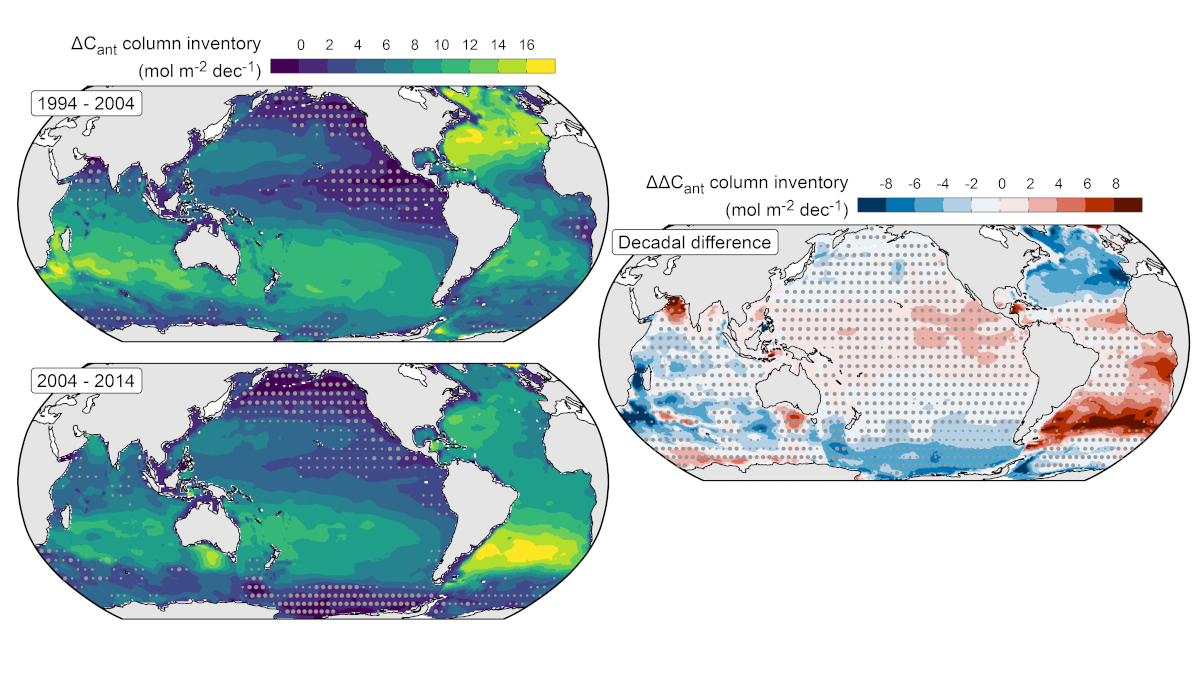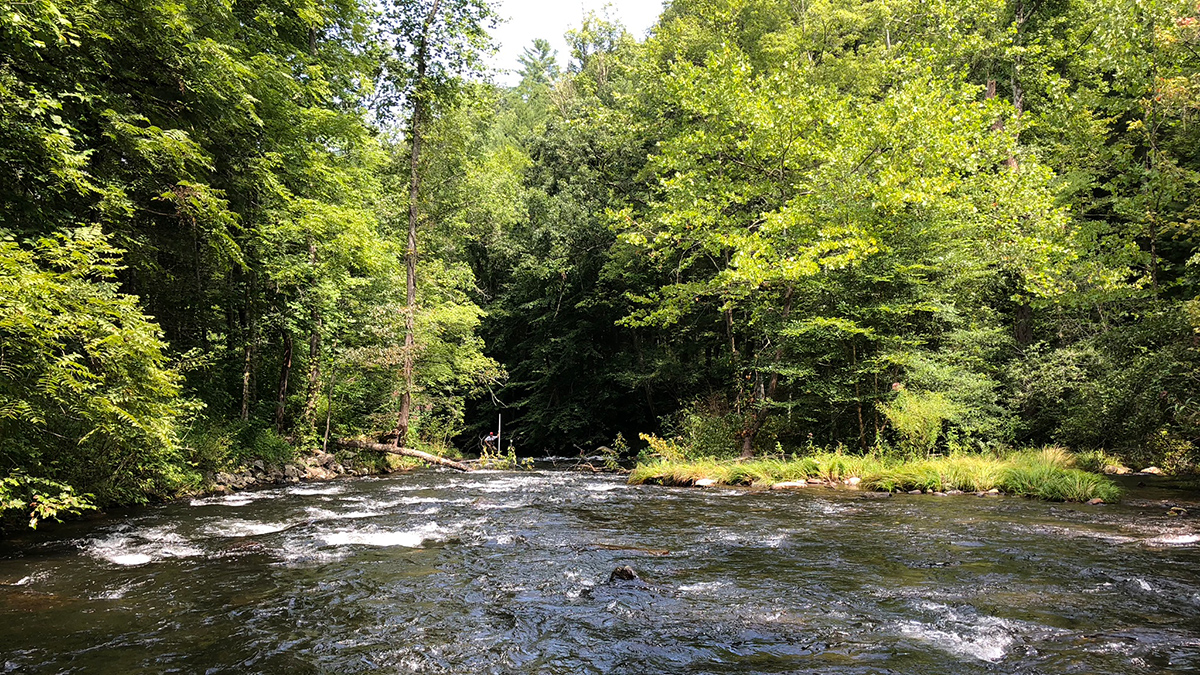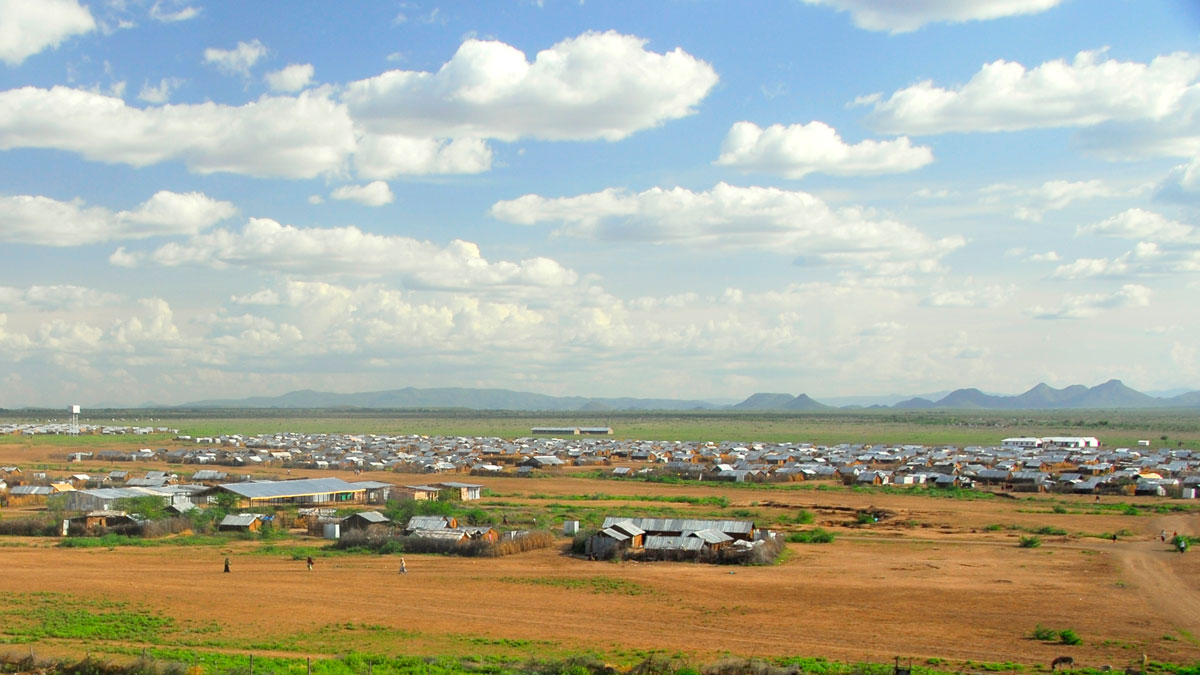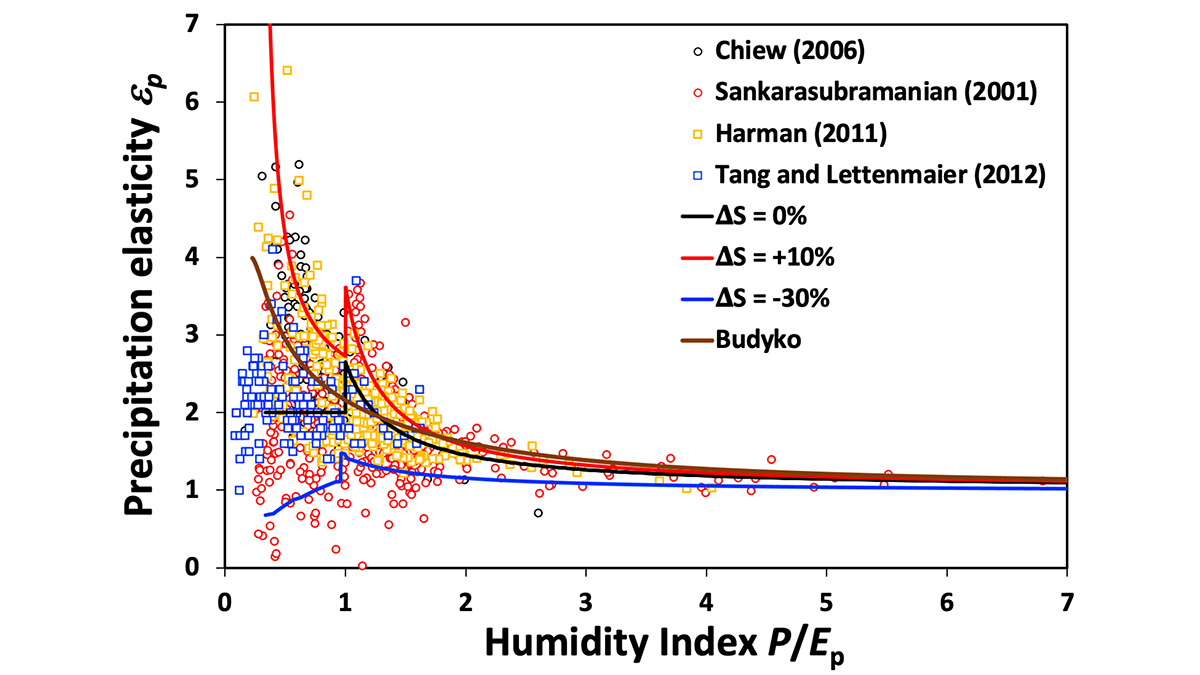A decline in the ratio of ocean carbon accumulation to atmospheric carbon dioxide growth between 1994-2004 and 2004-2014 suggests a reduction in the sensitivity of the ocean carbon sink.
Climate Change
Current Agriculture Adds More Phosphorus to Streams Than to Lakes
Improved agricultural nutrient management could improve stream water quality by reducing phosphorus levels, but rising temperatures and rainfall due to climate change might offset improvements.
Frozen Riverbanks May Erode Faster in a Warming Arctic
Frozen flume experiments reveal the sensitivity of permafrost riverbank erosion to water temperature, bank roughness, and pore-ice content.
Herbivore Diversity Helps Maintain Arctic Tundra Diversity
A long-term experiment in southwestern Greenland reveals that the presence of musk oxen and caribou helps stave off declines in Arctic tundra diversity brought on by climate change.
Farming Is Intensifying Floods in the South American Plains
The replacement of native vegetation by crops has raised groundwater levels in the Pampas, a new study suggests.
Climate Education That Builds Hope and Agency, Not Fear
Reframing climate change education around a message of “hopeful alarm” not only will underscore the threats we face but will also show students how they can act to shape the future.
Displaced from Home and Sheltered in an Extreme Environment
Millions of people, displaced from their home countries, take refuge in areas that are highly vulnerable to extreme weather.
Thin Skin Helps Regulate Ocean Carbon Uptake
Cooler and saltier than even the water just below it, the ocean skin plays a critical role in ocean-atmosphere gas exchange.
How Much Terrestrial Precipitation is Used by Vegetation?
Precipitation is partly used by vegetation and partly transformed into river flow. Quantifying the amount of water that is directly used by vegetation is essential to decipher climate change’s impact.
Constraints Can Reduce Regional Climate Projection Uncertainty
Climate projections are uncertain because we don’t exactly know how the climate system responds to human actions, but combining interdisciplinary results can reduce uncertainty in future planning.










